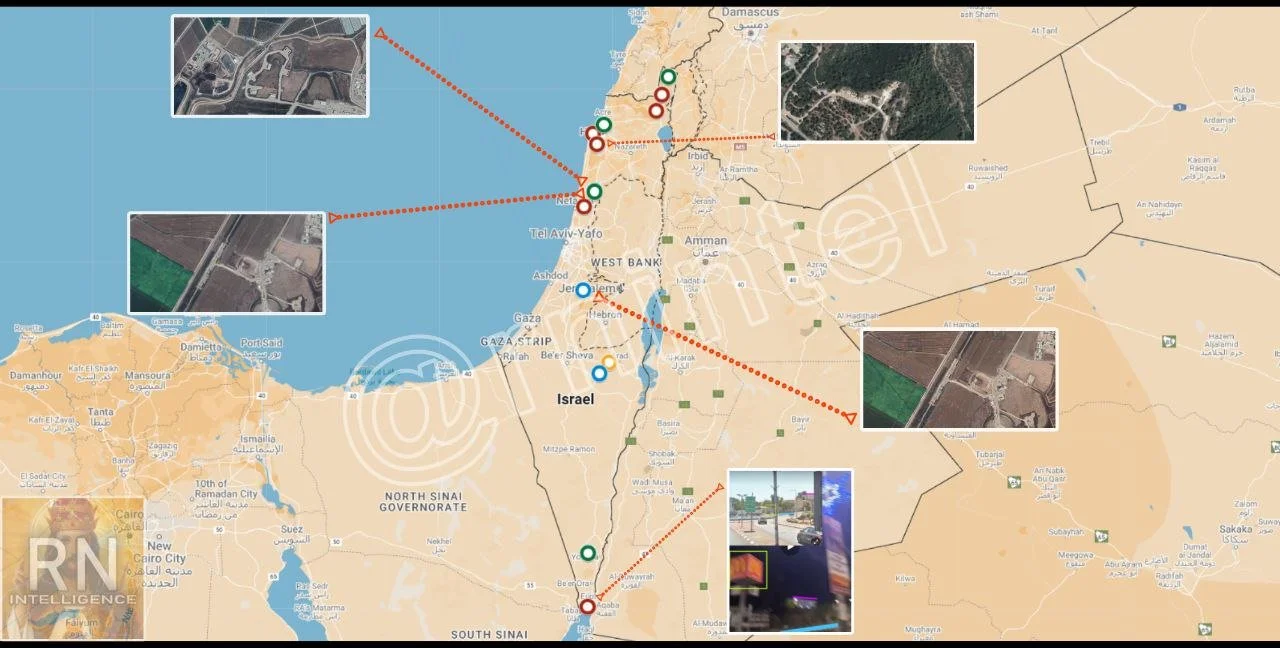Telegram Channel Exposes Locations of Israel’s Missile Defense Systems
Executive Summary
A Telegram channel named Rerum Novarum has published geolocations of Israel’s top missile defense systems, including Iron Dome, David’s Sling, Arrow-3, and the U.S.-supplied THAAD system. According to the post, the group has identified and mapped approximately 67% of these installations, using a mix of civilian footage, social media posts, and satellite imagery. While the data appears to be open-source, its consolidation and publication have potentially serious implications for Israeli military security, especially amid ongoing regional threats from Iran, Hezbollah, the Houthis, and Hamas.
Analysis
The Rerum Novarum leak details coordinates of at least 16 missile defense installations:
Iron Dome: 7 of 11 batteries (short-range defense)
David’s Sling: 4 of 6 sites (medium-range threats)
Arrow-3: 4 of 6 locations (high-altitude, long-range interception)
THAAD: 1 identified position (U.S.-made system, deployed post-Iran missile barrages)
These layered systems collectively provide Israel with multi-tiered protection from aerial attacks. Iron Dome targets short-range rockets, David’s Sling intercepts medium-range missiles, Arrow systems counter long-range ballistic threats, and THAAD adds a U.S. strategic umbrella against extra-regional threats.
Israel’s air defenses have faced increasing strain as conflict with Iran and its proxy groups intensifies. Notably, during Iran’s large-scale October 2024 missile strike, Israel’s systems were pushed to full capacity. While Israel claimed a 99% interception rate in earlier attacks, recent Hezbollah drone strikes and Houthi missile attempts have shown vulnerabilities in this dense shield.
The publication of these sites may jeopardize the operational effectiveness of these defense assets. While many of the coordinates were allegedly gleaned from publicly available videos and imagery—often filmed casually by civilians—it marks a significant moment in open-source intelligence (OSINT) intersecting with military strategy. The risk is not only tactical but psychological, potentially undermining public confidence in a defense system long touted as near-impenetrable.
This also raises critical concerns for the IDF regarding operational secrecy and the impact of information-sharing on public platforms. With adversaries like Iran continuously upgrading their missile capabilities and leveraging asymmetric tactics, the exposure of these locations could aid targeting in future escalations.
The data dump serves as a cautionary reminder that in the age of digital transparency, civilian behavior and public sharing habits can unintentionally compromise national security.


